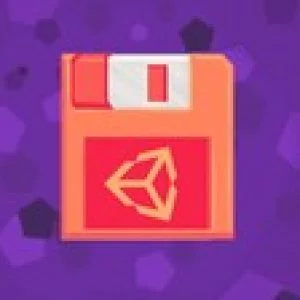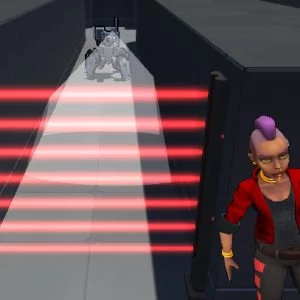
5 Indie Game Dev Techniques to Save & Load Data in Unity
$89.99 $12.99Track price
Indie game developers are more common these days than ever before.
The indie market is currently flooded with low quality games which have poor mechanics, poor graphics and lack basic must–have features.
The high competitiveness of this industry means you really need to have everything + the kitchen sink implemented in your game, so it stands out when a potential user stumbles across it.
Every game needs a tried and tested way to manage the users in–game data… by that I mean every game needs to implement saving and loading in a way that allows the developer to easily scale in the future ensuring that you spend more time on new features and less time on refactoring.
There are a lot of tutorials out there on this topic, but IMO around 90% are doing it wrong and setting themselves and their readers/viewers up for failure.
The best way to implement something is usually the industry standard way. You don t see companies making square shaped wheels do you? That s because circular shaped wheels are proven to work and have been rigorously tried and tested by car companies.
The 5 techniques for saving and loading game data that I teach in this course are ALSO proven and rigorously tried and tested in the industry.
Specification: 5 Indie Game Dev Techniques to Save & Load Data in Unity
|
User Reviews
Be the first to review “5 Indie Game Dev Techniques to Save & Load Data in Unity” Cancel reply
This site uses Akismet to reduce spam. Learn how your comment data is processed.

| Price | $12.99 |
|---|---|
| Provider | |
| Duration | 1 hour |
| Level | All |
| Language | English ... |
| Certificate | Yes |
| Quizzes | Yes |
| Year | 2016 |

$89.99 $12.99






There are no reviews yet.